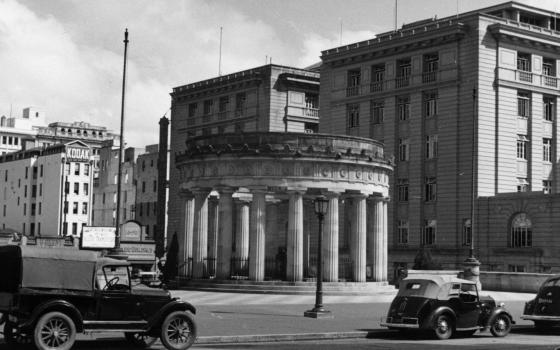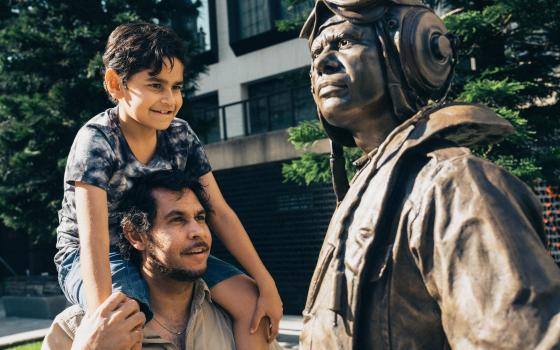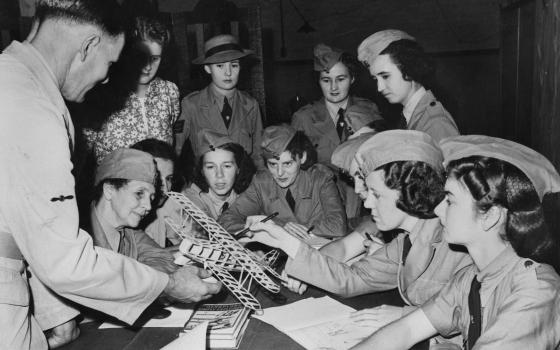- Home
- Memorial Galleries timeline
/
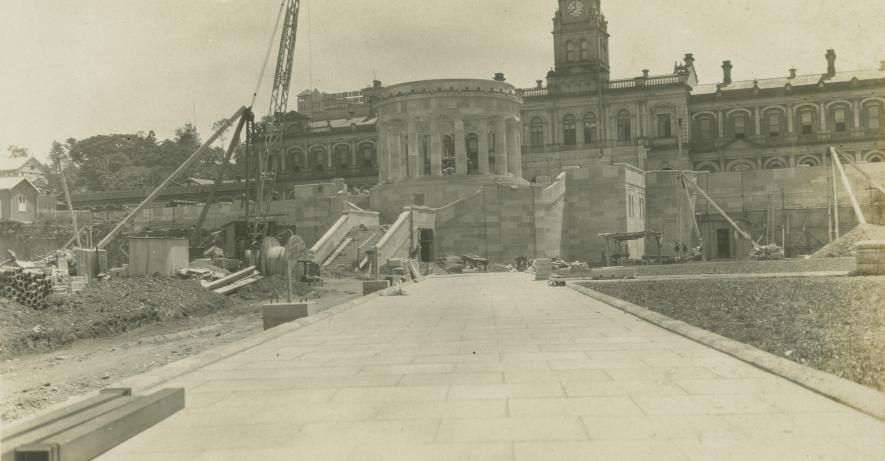
Memorial Galleries timeline
Find out about the Memorial Galleries, from inception to the present day.
1930
The Queensland branch of the Australian Imperial Forces instigated an application to use part of the vacant space under the Shrine of Remembrance for the installation of memorial plaques. Australia's first eternal flame was lit in Brisbane on Armistice Day (11 November) in 1930 and is similar in appearance to the eternal flame in Antwerp, Belgium.
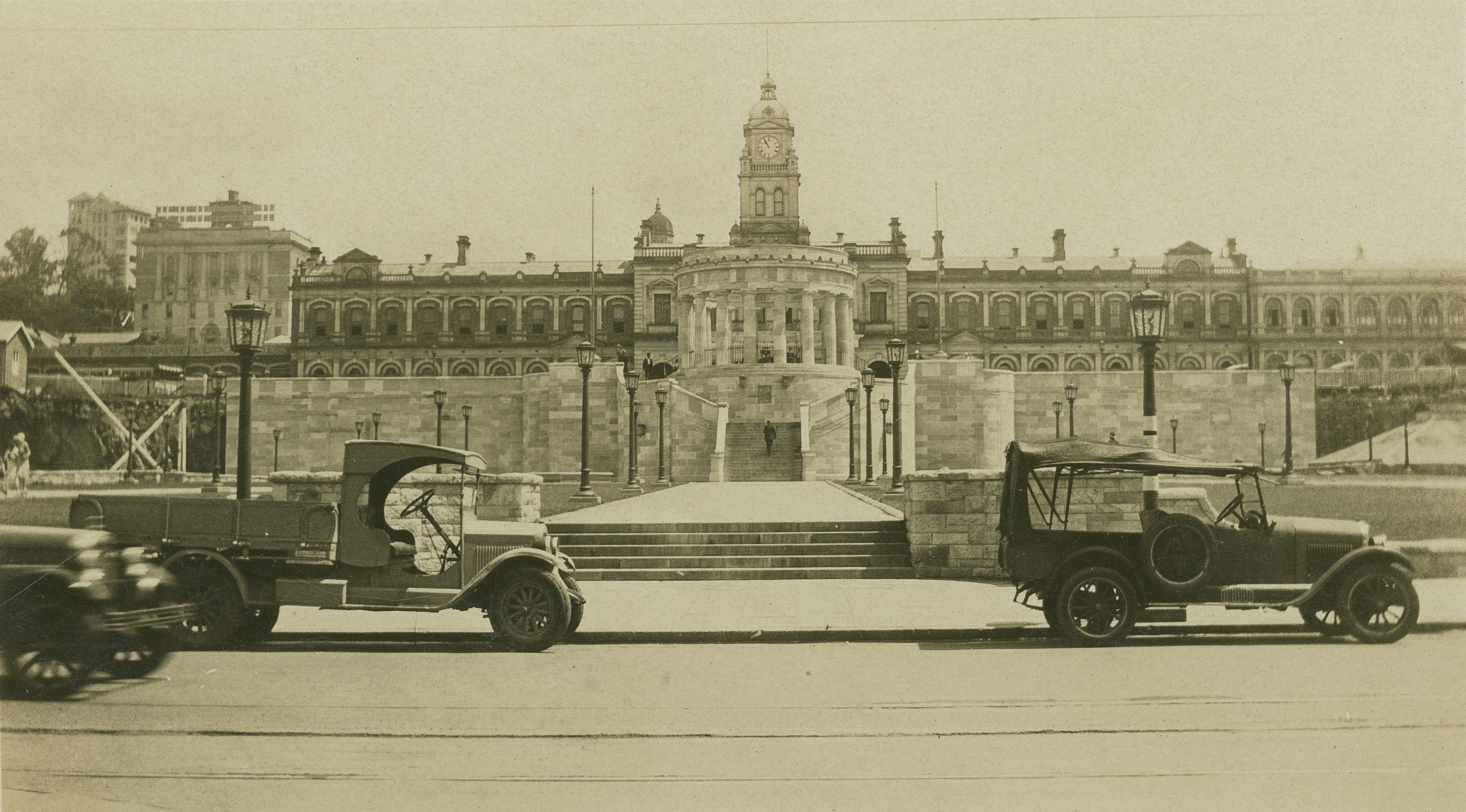
1931
The first memorial plaque was installed in the Memorial Crypt. The 41st Infantry Battalion Honour Roll was unveiled on Armistice Day by Colonel F.C. Board, the unit's Commanding Officer and dedicated by Reverend A.A. Mills, the unit's Padre. Since then, more than 130 memorial plaques have been laid in the galleries.
1935
Public access to the crypt was granted following remodeling work.
1937
A uniform attendant was appointed to curb vandalism and public urination within the galleries.
1949
The Queensland AIF Units Memorial Committee approached Brisbane City Council requesting the enlargement of the crypt to allow space for WWII commemorative plaques.
1951
Brisbane City Council announced plans to modify the passage behind the crypt to accommodate the existing and additional memorials, whilst also providing a new point of access from Anzac Square.
1952
The refurbished Crypt was designed to feature one memorial plaque or tablet per bay to avoid overcrowding. The new space was opened on Anzac Day by the Governor of Queensland, Sir John Lavarack, who stated “This Crypt is where service units place their memorial plaques. It is firstly a place of remembrance and secondly a place of mourning.”
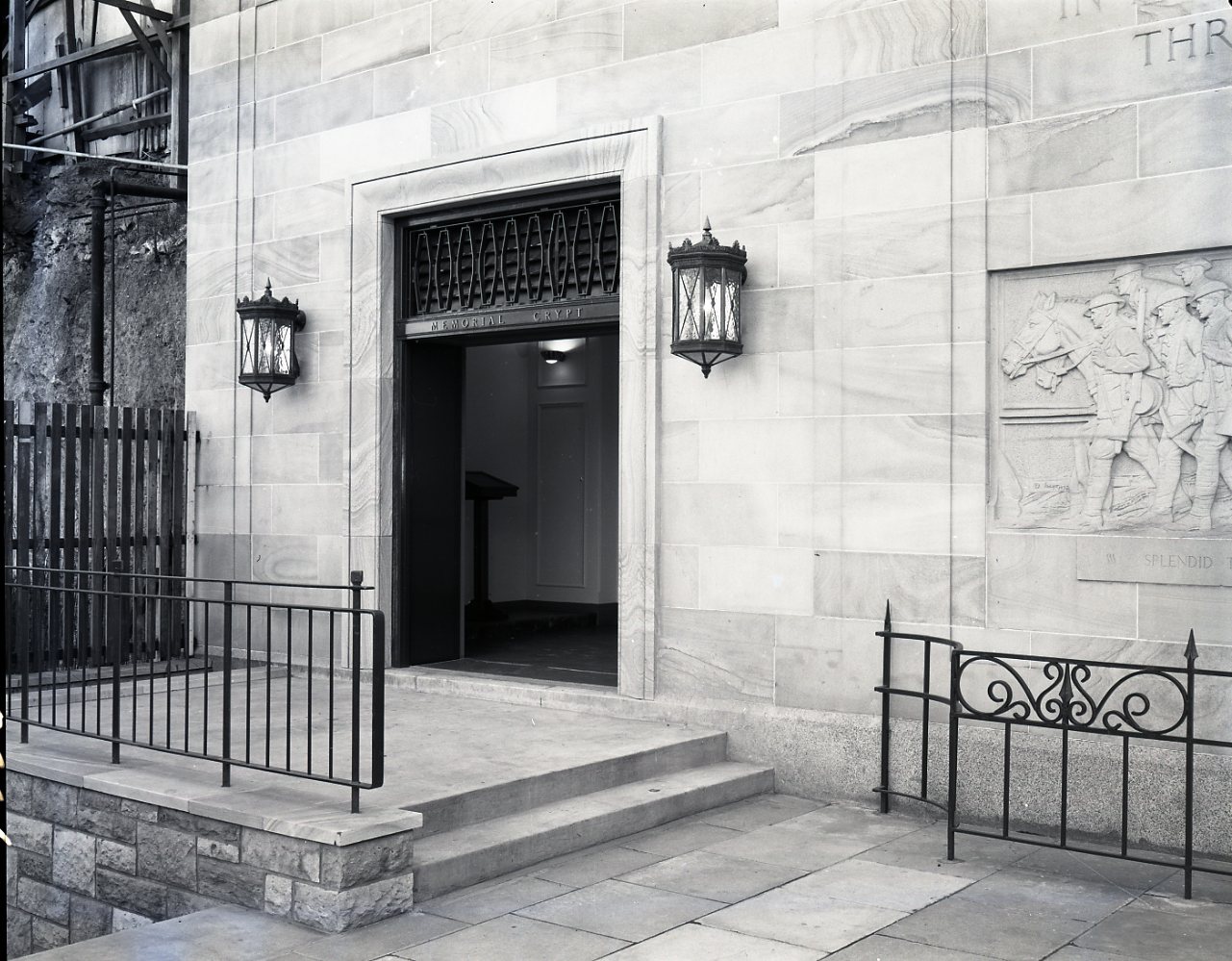
1953
By 1953 all available space in the Crypt had been filled, forcing officials to move away from the initial vision of one memorial per bay. In order to accommodate more plaques following WWII a size restriction was also implemented for all new plaques.
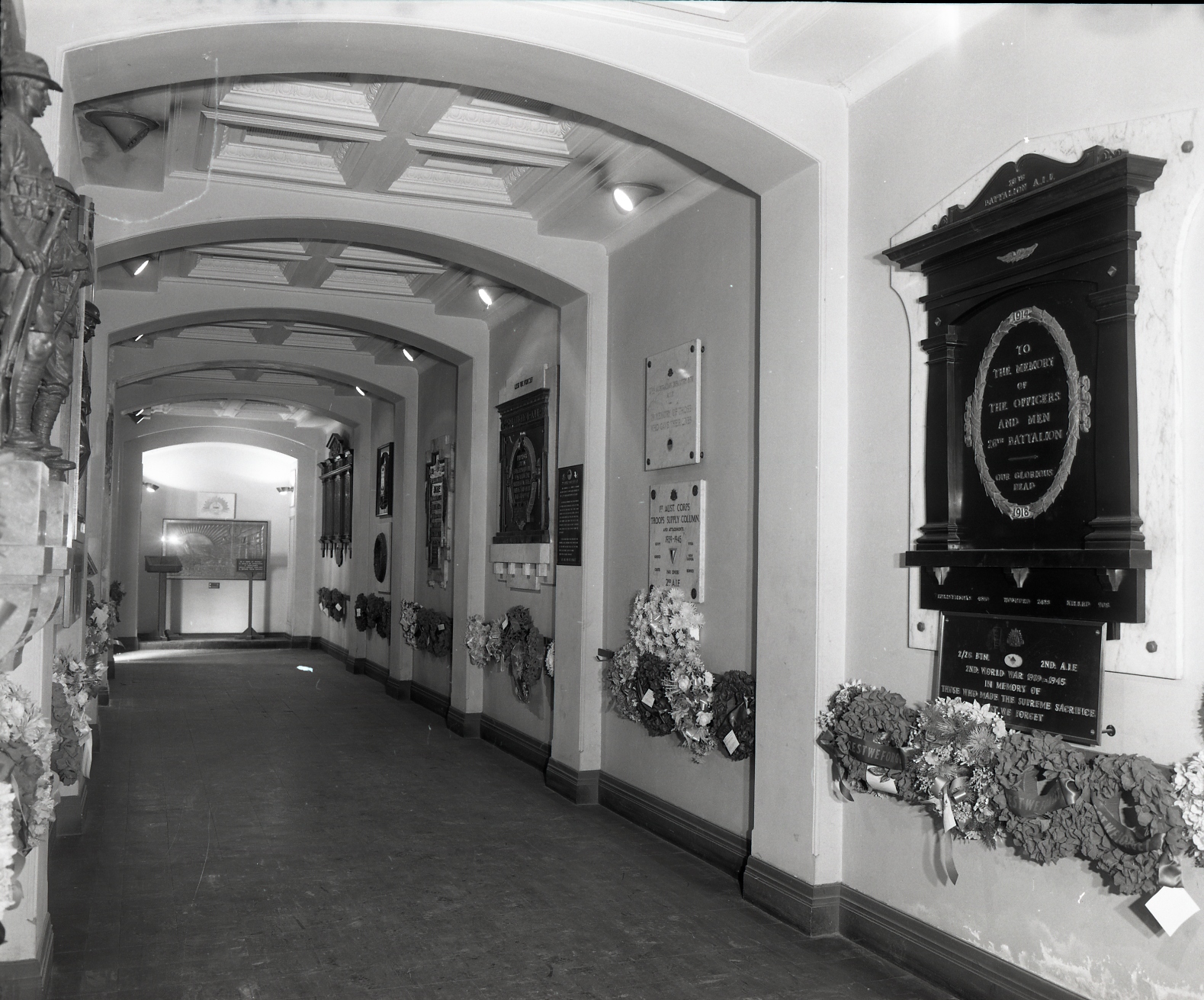
1958
BCC trialed opening the Crypt to the public on weekdays and Sundays.
1984
The Queensland Branch of the RSL requested the use of the western and eastern galleries as its State Branch Headquarters. The proposal was accepted and RSL became the caretaker for Anzac Square. The western gallery was enlarged to accommodate the installation of RSL’s WWII Shrine of Memories, which had previously been situated at Anzac House in Wickham Terrance. The collection included a WWII Memorial Mosaic created by Brisbane artist Don Ross in 1962. This emotive artwork is made of 140,000 small pieces of hand cut smalti Tessera (Venetian glass) tiles. The removal and relocation of the mosaic to Anzac Square was accomplished by second-generation Venetian mosaicist, Renato Gregorini, son of Goffredo Gregorini, the 'Master of all Venetian mosaicists'.
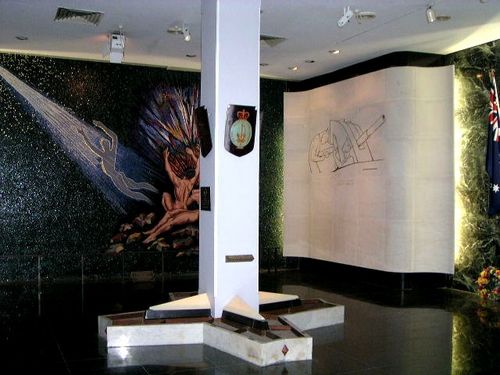
1986
RSL QLD moved their headquarters and offices into the Eastern Gallery.
2013
In 2013, the Queensland Government and Brisbane City Council recognised the need to undertake an extensive program of works to maintain, restore, protect and respectfully enhance Anzac Square to ensure its continued use and relevance for current and future generations. In recognition of the importance of this unique and much-loved memorial, a total of $21.98 million was invested by the Queensland Government, Commonwealth Government and Brisbane City Council, as part of the Queensland Government Anzac Centenary program.
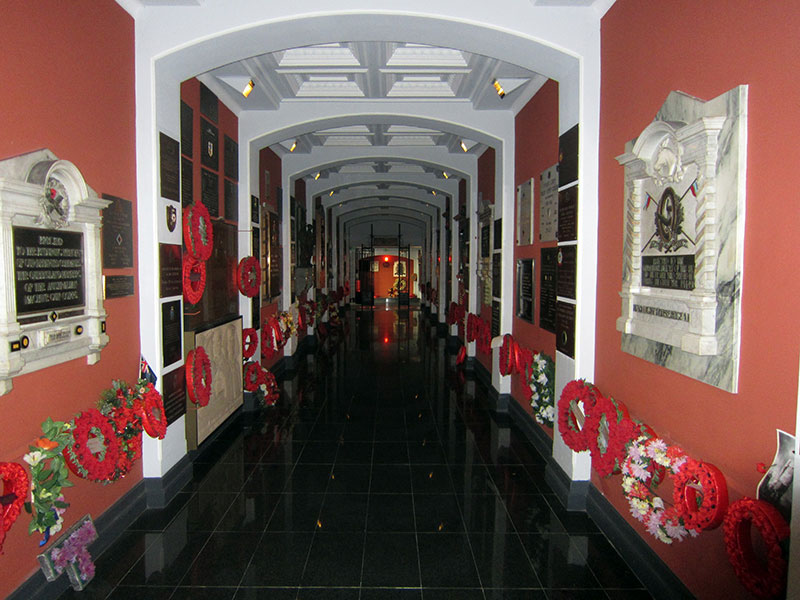
2016
Work on the refurbishment of the Memorial Crypt began. This included extensive conservation work on the memorial plaques.
2019
The Memorial Galleries, curated by State Library of Queensland, officially reopened to the general public. Visitors can now embark on an interactive journey from World War One to today.
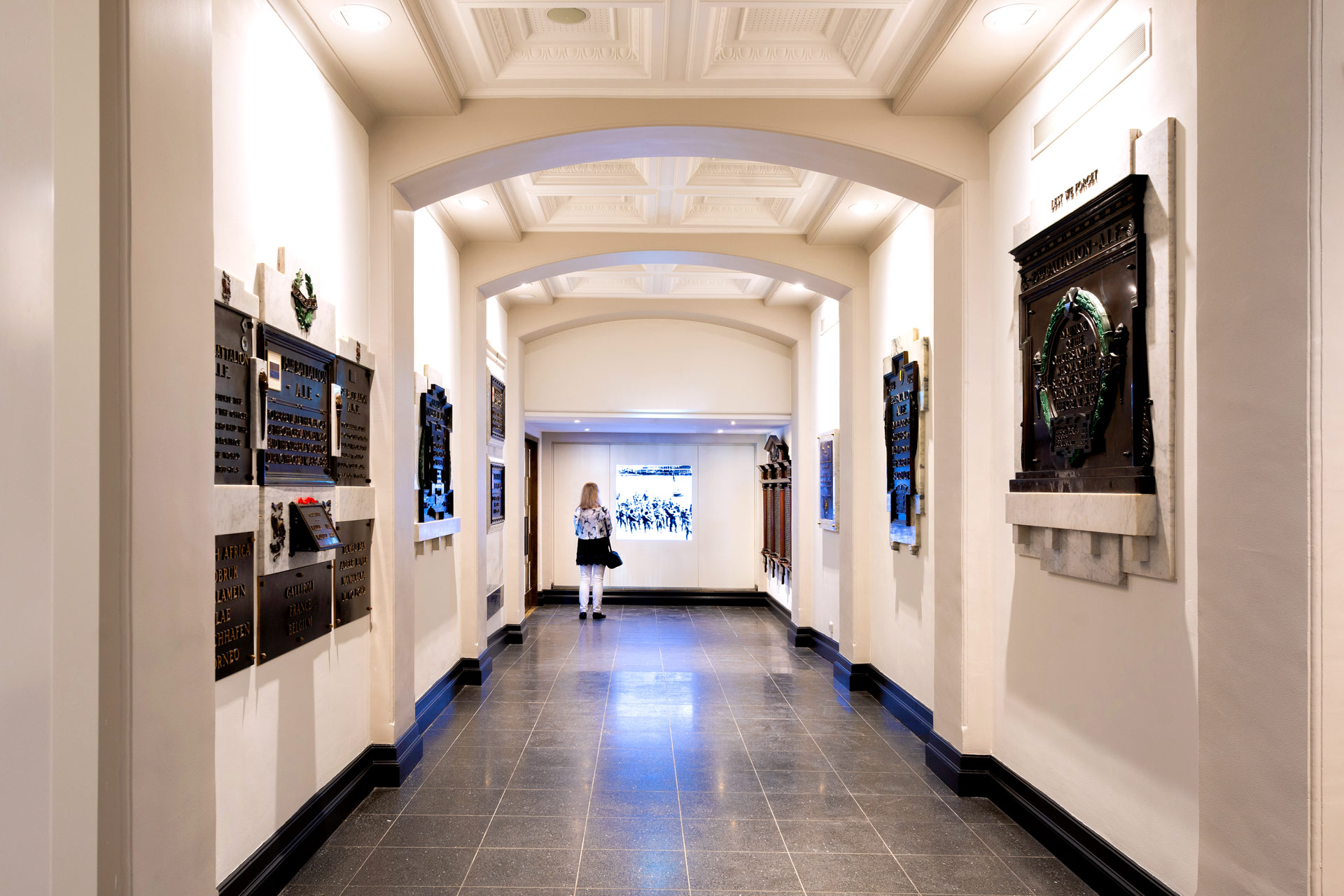
2023
Queensland Veteran’s Council is honoured to assume responsibility for the State War Memorial of Queensland at Anzac Square.
